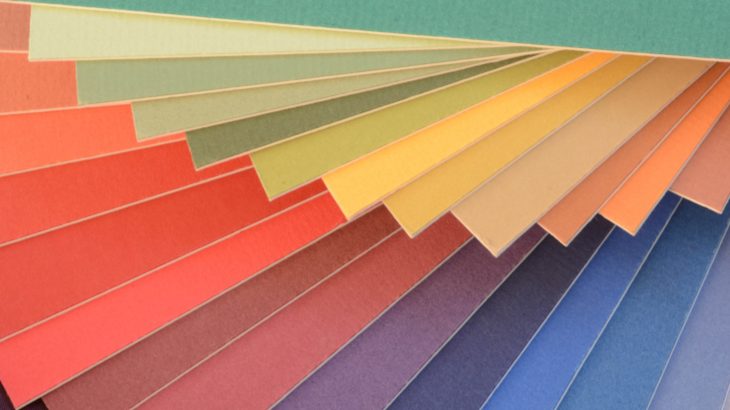Tip #1
You should avoid hanging pictures above a radiator or heat source. The temperature changes can cause problems to paper art causing moisture within the frame and cockling of the artwork. In addition, tapes used to seal pictures can dry out preventing total protection from dust and bugs.
Tip #2
Artwork should never be in contact with glass because of moisture that can build up within a frame. It is not unusual to find old artwork stuck to the glass, causing damage when it is removed. Therefore a single or double mount is always recommended to provide the necessary spacing, and of course to also make your artwork look amazing.
Tip #3
Many picture framers make a mount with a deeper base. This is so that the proportions look correct when the picture is hung at a certain height. However the illusion is negated when a wide mount is used with the same dimension all round.
Tip #4
Photos or posters on thin paper will often acquire a cockled effect due mainly to temperature changes within the frame (see #1 above). To prevent this, experienced framers can bond pictures to a suitable substrate to flatten the artwork permanently, but this should never be undertaken on artwork with sentimental or financial value. We will often ask you to sign a disclaimer if you choose this route when it is considered inappropriate.
Tip #5
If you want your pictures and artwork to look good for the long-term, choose a framer that uses conservation materials and techniques. Non-conservation materials deteriorate over time causing irreversible damage to artwork. It is easy to check the quality of mount board – if it is discoloured, e.g. yellow or brown this means that non-conservation mount board has been used.
Tip #6
There is a huge difference in types of glass that are available for framing these days. The best ones are almost invisible and the degree of UV protection can vary. For valuable, irreplaceable pieces, Choose the highest degree of UV protection which is over 90%. It costs more but is worth it in the long run.
Tip #7
Canvasses usually don’t need glass (if they are acrylic or oil paints). However a ‘tray frame’ or ‘L-frame' can still do a really nice job of finishing them off. If the sides of the canvas are unpainted or look untidy, this type of frame hides this and looks smart.
Tip #8
Fixings on the back of your picture used to attach the cord or wire to the frame should be attached to the frame itself and NOT to the backing board. This spreads the weight through the frame and reduces the risk of it falling off the wall.
Tip #9
Handling framed pictures: you should always carry pictures by their cord/wire or by holding the 2 sides. They should never be carried by grasping the top edge alone, thereby supporting the whole weight of the piece from one strip of wood, as this weakens even the most well put together frames.
Tip #10
Experienced framers will use ‘bumpers’ on the bottom corners of a frame. This not only protects your wall from scratches but also allows air to circulate behind the piece which, if not allowed to do so, could mean that the backing board gets damp over time.

